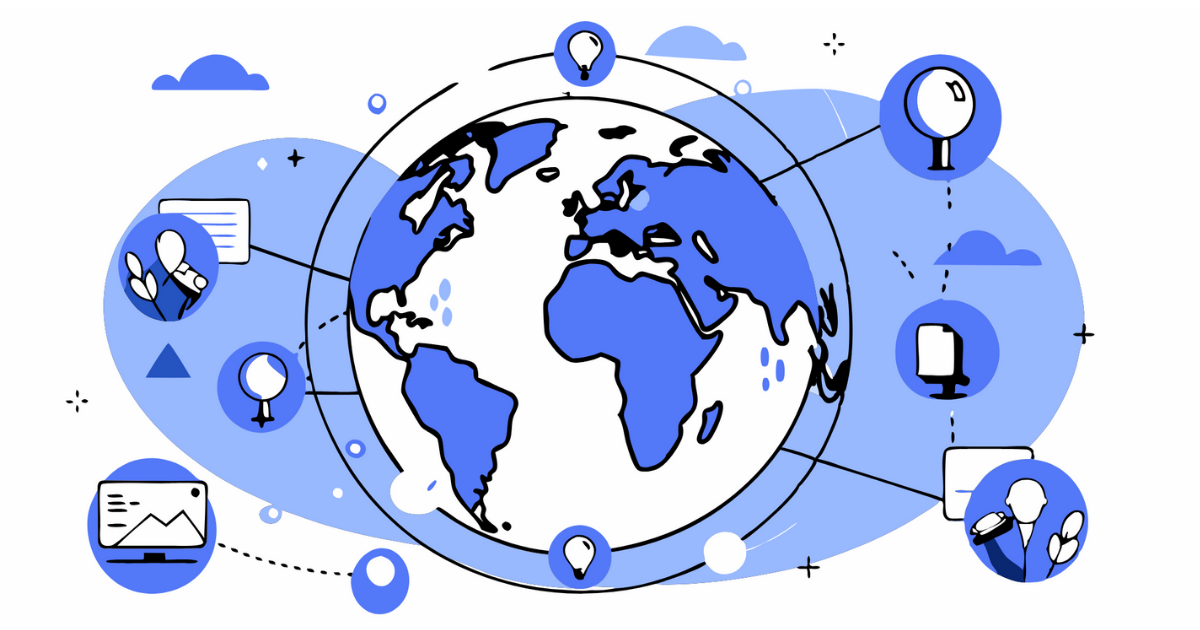Understanding and optimizing content delivery network pricing
Content delivery networks (CDNs) are essential for optimizing application and website performance in today's global digital landscape. However, understanding the pricing models behind CDNs can be complex. This guide breaks down current CDN pricing structures, discusses key cost drivers, and offers practical strategies to optimize your CDN expenses.

What is a CDN?
A Content Delivery Network is a distributed group of servers strategically positioned around the globe to deliver content quickly and reliably. By caching assets closer to end-users, CDNs reduce latency, improve load times, and enhance the overall user experience.
Overview of CDN pricing models
CDN providers typically offer several pricing models to fit various needs, including pay-as-you-go, committed contracts, tiered pricing, and location-based pricing. Below is a snapshot comparison of current pricing examples from several major providers:
| Provider | Plan | Pricing Details |
|---|---|---|
| Cloudflare | Free | Basic features |
| Cloudflare | Pro | $20/month with advanced features |
| Cloudflare | Business | $200/month with enterprise features |
| Amazon CloudFront | Tier 1 | $0.085/GB for the first 1TB |
| Amazon CloudFront | Tier 2 | $0.080/GB for the next 9TB |
| Amazon CloudFront | Tier 3 | $0.060/GB for the next 40TB |
| Akamai | Standard | Starting at ~$0.049/GB for 0–10TB (custom pricing) |
These models enable you to select a plan that aligns with your specific traffic patterns and budget requirements.
Key factors influencing CDN costs
Bandwidth and data transfer
Bandwidth usage is generally the largest component of CDN expenses. High-resolution media, large file downloads, and streaming services can drive up data transfer costs. Regional variations are common—for instance, North America and Europe typically incur base pricing, whereas Asia-Pacific may see a 20–30% premium, and South America or Africa can range between a 30–40% premium.
Geographic distribution
Delivery costs vary based on geographic location due to differences in infrastructure and operational expenses. Understanding your audience's geographic distribution can help you optimize server placement and routing strategies, ultimately reducing costs.
Feature sets and security
Modern CDN providers bundle advanced security and performance features that can affect pricing. Many now offer free, automated SSL/TLS certificate provisioning, robust Layer 7 DDoS protection, and integrated Web Application Firewall (WAF) options. These features enhance security without detracting from performance.
Edge computing and modern features
Many CDNs now incorporate edge computing capabilities, enabling real-time data processing and serverless functions at the network edge. This approach lets you execute custom code closer to your users, dynamically optimizing content delivery while reducing latency. Below is an example of an edge function that optimizes image delivery for mobile devices:
// Edge function example for dynamic content optimization
async function handleRequest(request) {
const userAgent = request.headers.get('user-agent')
const isMobile = /Mobile/.test(userAgent)
const response = await fetch(request)
const contentType = response.headers.get('content-type')
if (contentType && contentType.includes('image') && isMobile) {
// optimizeImage is a placeholder for your image optimization logic
const optimizedImage = await optimizeImage(response.body)
return new Response(optimizedImage, {
headers: {
'content-type': contentType,
'cache-control': 'public, max-age=86400',
},
})
}
return response
}
Implementing effective caching
Effective caching minimizes unnecessary data transfers and reduces overall CDN costs. A modern strategy involves setting precise cache-control headers so that static assets are cached for extended periods while dynamic content undergoes proper validation. For instance, the Express.js middleware below demonstrates how to implement this:
// Express.js example of effective cache control implementation
app.use((req, res, next) => {
if (req.url.match(/\.(jpg|jpeg|png|gif|css|js)$/)) {
res.setHeader('Cache-Control', 'public, max-age=31536000') // Cache static assets for one year
} else {
res.setHeader('Cache-Control', 'no-cache, no-store, must-revalidate')
}
next()
})
Performance monitoring and optimization
Monitoring key performance metrics is crucial for controlling CDN costs. By tracking response times, cache hit ratios, data transfer sizes, and status codes, you can identify inefficiencies and fine-tune your content delivery. The example below demonstrates how to measure response time in a Node.js environment:
// Performance monitoring implementation
const metrics = {
async measureResponseTime(url) {
const start = performance.now()
try {
const response = await fetch(url)
const duration = performance.now() - start
return {
url,
duration,
status: response.status,
size: response.headers.get('content-length'),
cache: response.headers.get('cf-cache-status') || 'N/A',
}
} catch (error) {
return { url, error: error.message }
}
},
}
setInterval(async () => {
const result = await metrics.measureResponseTime('https://api.example.com')
console.log(`Response Time: ${result.duration}ms, Cache Status: ${result.cache}`)
}, 300000) // Monitor every 5 minutes
Strategies for optimizing CDN costs
Optimizing CDN expenses requires both minimizing data transfers and leveraging caching effectively.
Minimizing unnecessary data transfers
Reducing payload sizes through compression can substantially lower costs. Integrate compression middleware in your server to compress responses when appropriate:
// Express.js compression middleware for reducing response sizes
const compression = require('compression')
app.use(
compression({
filter: (req, res) => {
if (req.headers['x-no-compression']) return false
return compression.filter(req, res)
},
level: 6,
threshold: 0,
}),
)
Leveraging caching effectively
Tailor cache settings based on content type to further reduce data transfers. The example below adjusts cache lifetimes dynamically:
// Dynamic Cache-Control header based on content type
const setCacheControl = (req, res, next) => {
const contentType = res.getHeader('Content-Type') || ''
if (contentType.includes('image')) {
res.setHeader('Cache-Control', 'public, max-age=31536000') // Cache images for one year
} else if (contentType.includes('javascript')) {
res.setHeader('Cache-Control', 'public, max-age=86400') // Cache JavaScript files for one day
} else {
res.setHeader('Cache-Control', 'public, max-age=3600') // Default one-hour caching for other content
}
next()
}
app.use(setCacheControl)
Conclusion
Optimizing CDN costs involves balancing performance with efficiency. By understanding various pricing models, monitoring key metrics, implementing effective caching strategies, and leveraging edge computing features, you can develop a cost-effective approach to content delivery.
At Transloadit, we are committed to helping developers build efficient and cost-effective applications. For powerful file uploading and processing solutions, check out Transloadit.